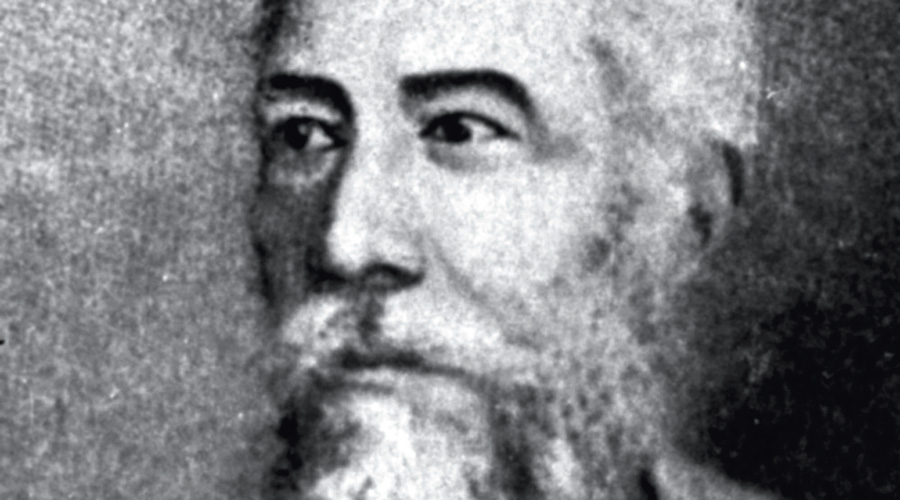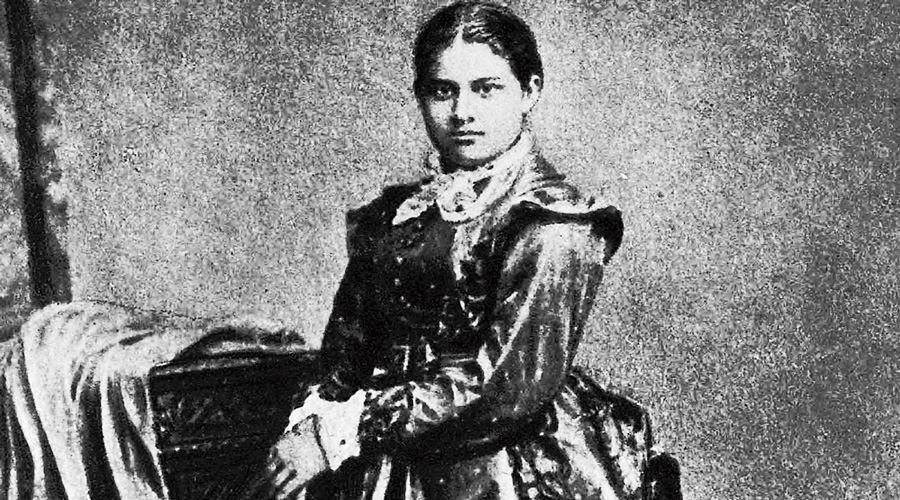“Maharshi” Debendranath Tagore, the eldest son of industrialist and reformer “Prince” Dwarakanath Tagore, was a founder of the Brahmo movement, one of the most significant socio-religious reforms in nineteenth century India based on monotheism.
The first assembly of the Brahmo Sabha, the precursor of the Brahmo Samaj, was held in Calcutta in 1828 at the initiative of Raja Rammohan Roy and Dwarakanath. Rammohan left for England soon and the group lost its enthusiasm.
In 1839, Debendranath, who had been inspired by Ishaponishad and also the ideas of Rammohan, started the Tattwaranjini Sabha with his friends. The association was later renamed Tattwabodhini Sabha, which aimed at spreading the knowledge of the Upanishads and promoting spiritual and intellectual enquiry. It attracted 500 members in two years, among whom were two other luminaries of the Bengal Renaissance, the great social reformer and scholar Ishwar Chandra Vidyasagar and Akshay Kumar Datta, a pioneer of Bengali prose and a rationalist.
Tattwabodhini Sabha had a printing press, from which Debendranath started to publish Tattwabodhini Patrika. It encouraged learning and critical thinking. It was published in five languages: Bengali, Tamil, English, Hindi and Urdu. In 1840, Debendranath published a Bangla translation of Katha Upanishad.
On December 21, 1843 (Poush 7, 1250, Bengali calendar), at Debendranath’s initiative, Tattwabodhini Samaj was converted into a spiritual organisation, committed to Rammohan’s beliefs. This day is still observed as the start of the annual Poush Mela at Santiniketan.
Answering criticism that Brahmo philosophy was based only on the Vedas, Debendranath put together passages from the Upanishads on monotheism, which was published as Brahmo Dharma in 1850. The same year new music, a new covenant, new prayers and a marble pulpit were added to the samaj and it was renamed Adi Brahmo Samaj.
Brahmoism believed in one God and did away with common Hindu practices such as rituals, caste and idol worship. Tattwabodhini Patrika advocated female education and women’s advancement in every field, temperance and intellectual enlightenment. Many leading figures in the fields of Bengali art, culture and other intellectual achievements were Brahmos.
After schisms began to appear in the Brahmo community from the 1850s, Debendranath went away to Simla, staying there for long stretches, meditating and studying philosophy, including the western branches. In the 1860s, travelling in western Bengal, he was captivated by the beauty of Bhuvandanga in Birbhum. There were two large Chhatim trees offering gentle shade on the dry, red land. This looked like the ideal place for meditation. He bought a large plot of land with the trees on it and named it Santiniketan.
That is where Visva-Bharati stands today, founded by Debendranath’s son Rabindranath, the poet and visionary. Debendranath’s other children included Satyendranath, the first Indian ICS officer, and Jyotirindranath, a versatile musician, theatre artist, painter and scholar.

